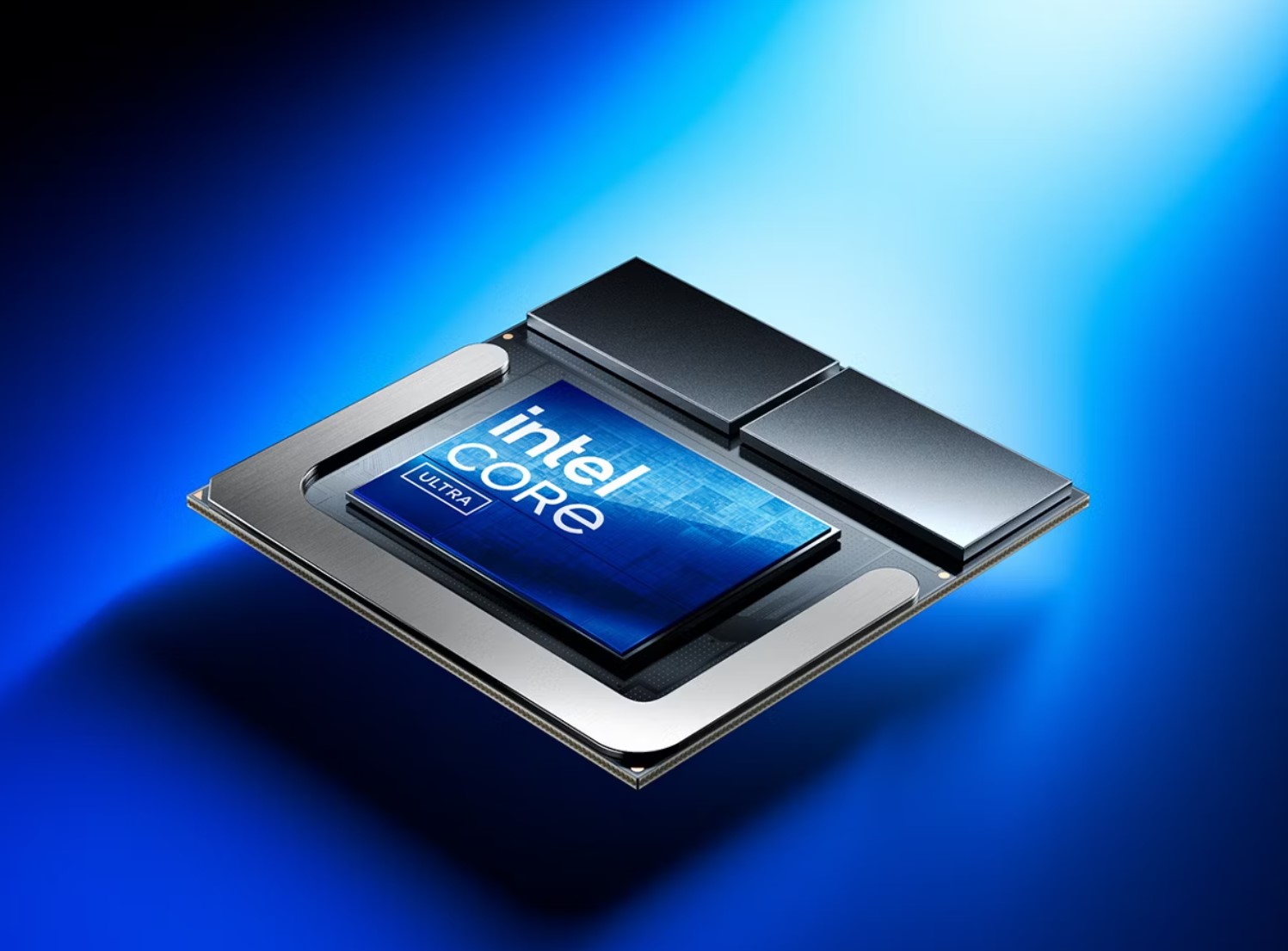
Intel Corporation (NASDAQ: INTC) has been stuck in the mud for years. The rise of NVIDIA Corporation (NASDAQ: NVDA) and Advanced Micro Devices, Inc. (NASDAQ: AMD) has sent Intel into the semiconductor doghouse as revenues have declined even as “the AI trade” has flourished. Intel was even kicked out of the Dow Jones Industrial Average after its stock plummeted in 2024. Is that all about to change in 2025? Maybe, or not…
Before any tactical investors get too excited, please understand that Intel is in the proverbial doghouse. The bulls have to pray that value investors (or a merger of some sort) will come to the rescue. The bears see a stock that has no real leadership in the company and no real recovery into a growth story.
Intel’s shares surged in late-2024 on hopes that Qualcomm Inc. (NASDAQ: QCOM) would come to the rescue. After that ambition faded, then Intel’s stock surged in February on hopes of multiple fronts. And after coming back down to under $20 per share, now Intel is back again.
Without having any insider knowledge or inner-industry insight, tactical investors have a serious dilemma. Intel could be saved by a merger scenario of sorts, but its fundamentals remain quite weak as a low/no-growth story.
The reason for a 4%-5% jump on Wednesday is tied to rumors and chatter that Taiwan Semiconductor (NYSE: TSM) has approached leaders like NVIDIA Corporation (NASDAQ: NVDA), Broadcom Corporation (NASDAQ: AVGO) and others about a venture to run Intel’s factories.
While this sounds like a buyout, regulators in the U.S. are one thing — regulators in international settings would likely be an even greater thorn in the side of any deal like this. Those same regulators might even prefer to see a long slow decline continue for Intel rather than seeing strong chip players become even stronger by taking Intel in-house in some form or fashion.
Intel’s foundry operation and its Altera ownership have all been potential drivers of interest in the last six months. One of Intel’s major blunders was the atrocious handling of the obvious ouster of Pat Gelsinger as CEO being masked as a resignation. Despite the initial cheer, this was a classic “Gap & Crap” chart pattern with a big immediate gain of about 4% turning into a 10% loss in less than a week.
One hope for an Intel deal may come from Donald Trump’s press to get foreign companies to invest in the U.S. TSMC’s $100-billion pledge for U.S. chip production could go a long way rapidly if this Intel-foundry strategy came to pass. Samsung’s massive chip plant outside of Austin, Texas has been a multi-year development and is the living proof that these multi-billion efforts cannot take place overnight.
President Trump’s opposition to the Biden-era CHIPS Act is the counter-point to Trump’s press for international investment into the U.S. And we cannot ignore that Intel is one of the few U.S. companies that can produce domestic chips at scale a well as having its own design capabilities to boot. But what happens if there are suddenly too many foreign companies, some of which deal with U.S. adversary nations, owning or controlling U.S. powerhouses like this.
Intel was last seen trading up 4.3% at $20.65 on Wednesday. The 85 million shares that had traded with less an hour to the close was not even a full average day’s trading volume. Trading volume around Gelsinger’s ouster was well over 100 million for four consecutive days — and the February-end short interest was only about 125 million shares.
There is somewhat of a value story here, but it may be more of a value trap. Intel’s shares do still appeal to at least some value investors at 0.9-times stated book value and 15-times normalized or reasonable earnings of recent years without the current volatility in the mix. Then again, Intel’s past earnings power may be nothing more than history at the present time unless it can capture more of the AI demand simply on a “value and readily available alternative” basis.
With a 52-week trading range of $18.51 to $45.41, any hopes of a would-be deal happening today are simply not projecting any major premium for Intel’s long-term investors who are buried in this stock. Then again, anything is possible.
Categories: Investing